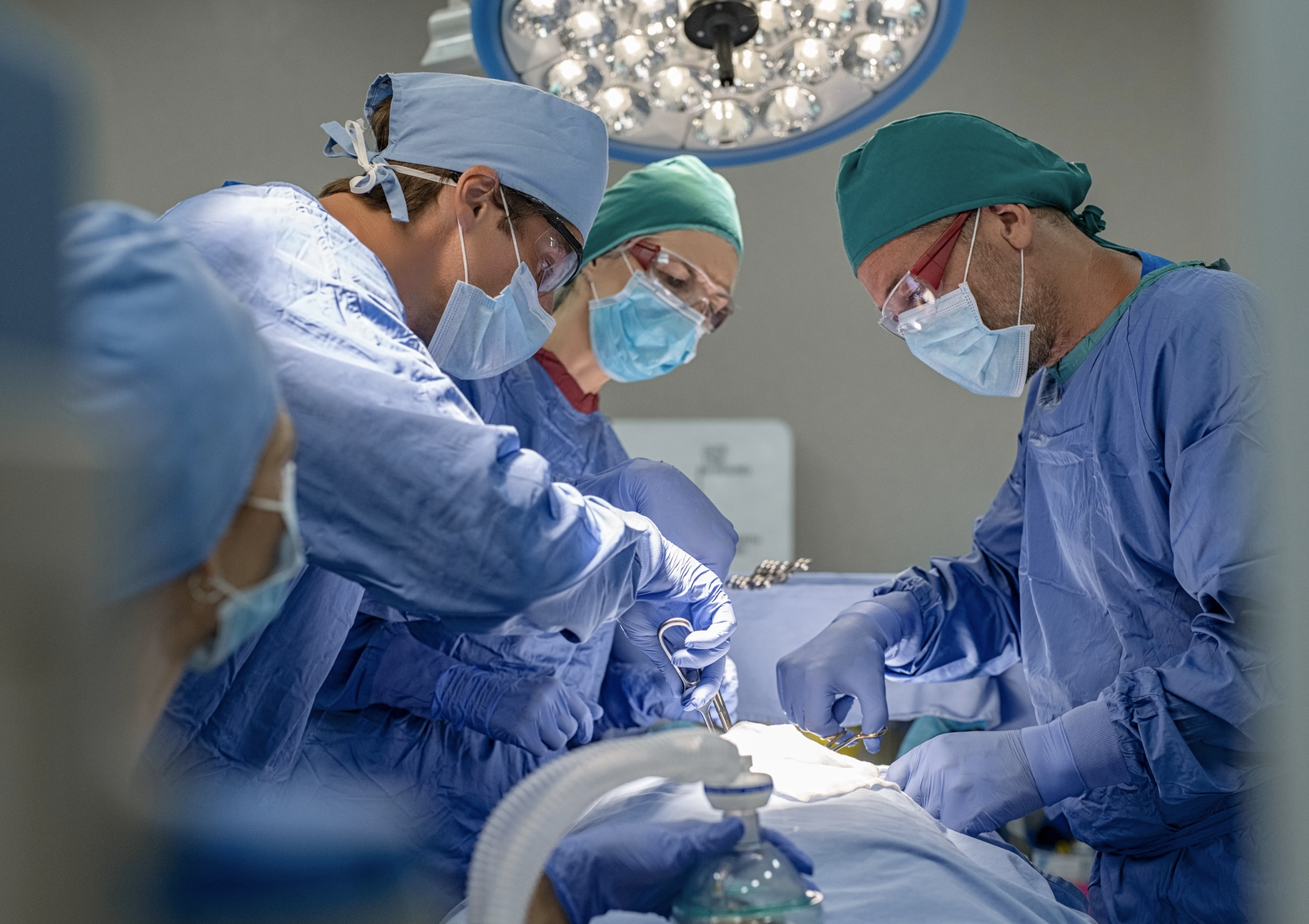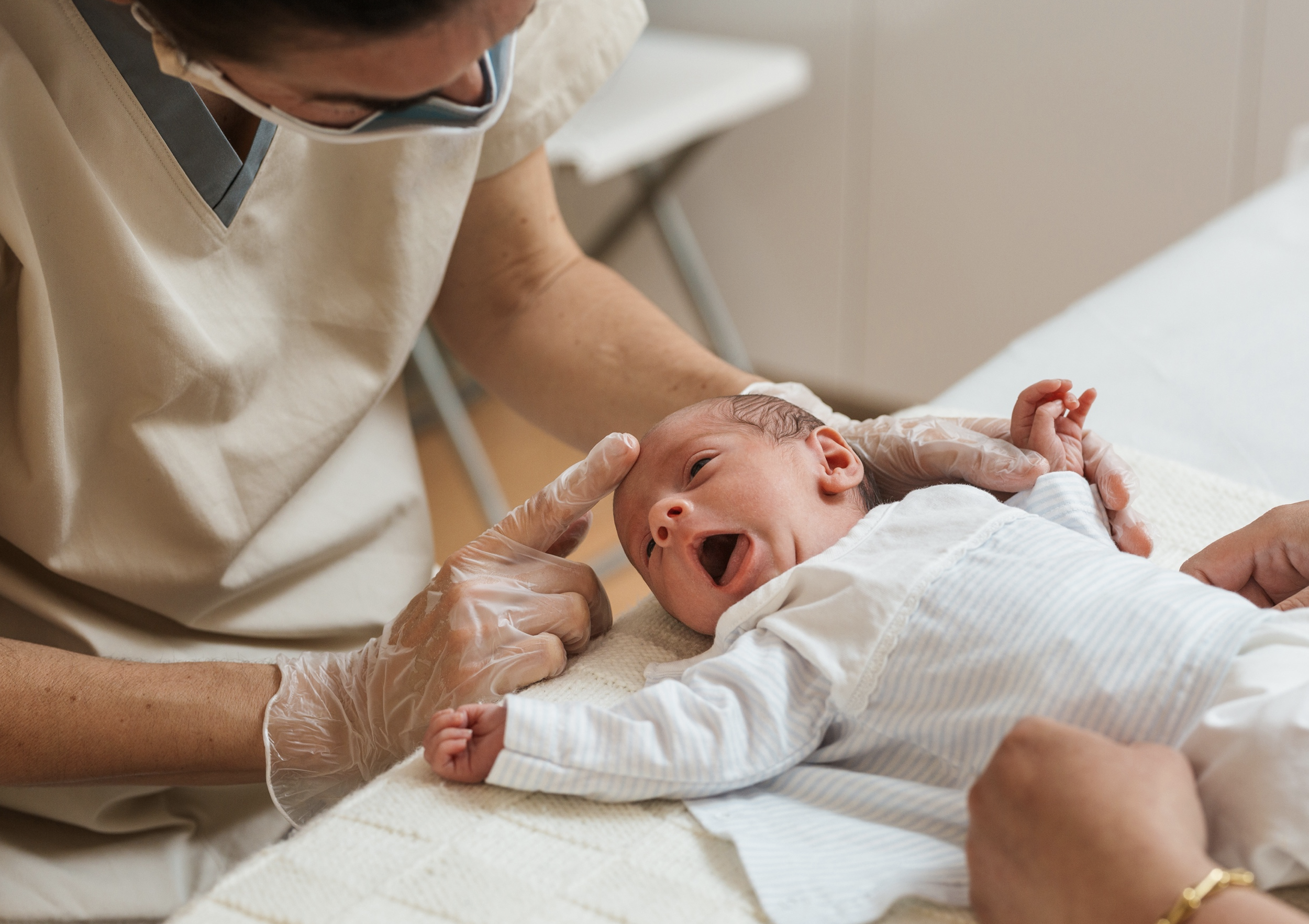Causes of Post-operative Fever: Using the 5 W and Its Management.
Introduction
Post-operative discomfort is a well-accepted phenomenon that occurs to almost everyone that undergoes surgery. However, the post-operative complications need to be looked at closer and with caution as the healing process is not performing. These complications are haemorrhage/shock, pyrexia, infection, dyspnea or hypoxia, venous thromboembolism (VTE), limited urine output, and hyponatremia. This blog will focus on pyrexia and its potential causes.
Post-operative fever is defined as "a core body temperature of x>38°C for two consecutive days or x>39°C for one day". Abdelmaseeh TA et al mention that the exact incidence of post-operative fever is unknown but estimated, depending on the surgery been done, to be around 20-90%.
Finding the cause and creating a differential list for post-operative fever is crucial in the management and the approach for the patient. To create a differential list, perform a thorough history, look for signs in the examination, and think if it is infectious (nosocomial or surgical site infections) or non-infectious causes (VTE, transfusion, drugs). After surgery, an infectious cause is most likely; however, do not think an infectious cause cannot coexist with non-infectious causes. After gathering the data, plan the management and what needs to be done in terms of investigations to narrow the differential list.
It is tricky to differentiate between pathophysiological and physiological fever as the temperature seen in the first two days is most likely due to the pyretic reaction from the surgery. As time goes on, the 5W mnemonic may guide to the most likely cause. Although it is not set-and-stone, do not simply look at one area only but consider the source and what makes sense.
5W
Wind (lungs)
Occurs around day 1-2.
Around this time, post-operative fever generally occurs from a chest infection or the possibility of a pulmonary embolism. They are often caused by pneumonia, aspiration or atelectasis (complete or partial collapse of the entire lung or area (lobe) of the lung). Atelectasis, a common complication, occurs from general anaesthesia where the alveoli are not being inflated as it is used to. The alveoli sacs thus are deflated and later may be filled with fluid. In addition, fluids in the lungs can increase micro-organism replication causing an infection (pneumonia). Hence, mobility, expanding and breathing are vital in keeping the lungs from an infection-prone area. Much debate in the literature mentions that atelectasis is not a significant cause of fever but should still be considered a cause for concern.
Patients coming out with pain and/or anaesthesia will prevent patients from taking a deep breath. Do not take pain for granted as patients in pain, let's say in the abdomen, will not breathe as much or breathe as deep as they should. If they can't breathe, they can't expand, and atelectasis occurs, followed by an infection. Pain can also hinder mobility; thus, advise the patient to breathe into the spirometer throughout the day and encourage them to do so.
Water (UTI)
Occurs around day 3-5.
Urinary tract infections (UTI) are the most common cause, mainly from the indwelling urinary catheter. There has been an introduction of a considerable amount of bacteria and may have been tracking up to the kidneys. Consider removing it, putting a new one if needed and having a team clean/care for the catheter. Remember that removing an indwelling urinary catheter aids in mobility.
Walk (VTE)
Occurs around day 5-7.
The first non-infective cause. There is a strong correlation between surgery and venous thromboembolism (VTE). VTE occurs directly from the surgery onslaught and immobilization due to poor blood flow. In addition, there are other causes to consider that would increase the risks: previous VTE, obesity, cancer, VTE in family members, smoking, or chronic health problems increase the risk.
VTE is a severe risk and needs prevention. Prevention can include walking and mobilization, sequential compression devices (SCDs) or stockings, and medications such as low molecular heparin.
Wound (dehiscence)
Occurs around day 10.
Check the wound for any signs of infection, that is: redness, swelling, oozing such as purulent (pus) or blood, more painful than it should be, change of colour such as necrosis, or if it doesn't feel right. If these are present, wound dehiscence may be occurring, where the incision site reopens and the wound breakdown. Wound dehiscence happens for many reasons, such as the patient's healing ability being hindered.
These are: ischemia, infection, increased abdominal pressure, diabetes, malnutrition, smoking, and obesity, or it can happen due to the surgeon's poor decision, lack of knowledge, or improper technique/equipment use. Keep in mind that intra-abdominal/intra-thoracic collection could be possible, causing wound dehiscence.
Wonder about drugs
Occurs at any time the medications/transfusions are introduced.
Check and look at:
IV/cannula sites. Are they any signs of infections?
Bloods and transfusions.
Look at the medication charts, especially when it is new to the patient.
Other variations of the 5W
(W)abscess
Occurs around day 5-7.
Refers to an abscess infection found in soft tissue space or organs and can be formed after any procedures. Starts usually at the same time or before wound dehiscence, which is commonly associated. An abscess will need to be drained and cleaned most of the time.
Waterway
Occurs at any time after surgery.
Refers to an infection in the bloodstream, i.e. septicaemia. The source of infection can be challenging to find and control; hence broad-spectrum antibiotics should be promptly started. Use correct antibiotics stewardship.
Managing post-operative fevers
A general guideline should be formulated and followed if post-operative fever is suspected.
On general inspection: how does the patient look? Are they sick?
Complete a DRS ABCDE.
Include a thorough history and examination.
Check the vitals and see the criteria for Systemic Inflammatory Response Syndrome (SIRS).
Four criteria include:
Temperature higher than 38°C or less than 36°C.
Heart rate higher than 90 beats per minute.
Respiratory rate greater than 20 per minute.
White blood cell count greater than 12 x 10/L or less than 4 x 10/L.
Two criteria are necessary to be consistent with SIRS.
What are their recent bloods and microbiology reports?
Give or supplement oxygen if needed.
IV access is crucial, especially when it is done early. Insert two large-bore peripheral cannulas. Remember, nobody ever says, "I wish we had smaller sized cannulas".
Take bloods, include: FBC, CRP, EUC, LFTs, amylase, clotting and VBG. Send off blood cultures.
Fluid challenge if the patient is in shock.
Revisit the 5Ws.
If an infection is the leading cause, think of its source and how to access it. Investigations can help, such as imaging (chest x-ray or venous doppler for VTE), sputum sample, urine dipstick, and so on.
Use correct antibiotics stewardship. Start with a broad range and be smart about choosing the antibiotics; use the recommended guidelines. With more data available, change the antibiotic to a focus and narrow range.
Analgesia and antiemetics should be considered.
Always ask for help or advice. Get hold of the infectious disease team.
In conclusion
Most of the time, post-operative fevers resolve spontaneously or with excellent and prompt care. It is more difficult when the patient is immunocompromised or has increased risks of poor healing. A low-grade fever is generally seen with VTE and should resolve itself. It is widely accepted that patients with an anastomotic leak or bowel obstruction have a much more severe and significant poor prognosis; hence, act fast.
The inability to recognize fever and finding its causes can lead the patient to SIRS, sepsis and eventually shock, which has been shown to increase the mortality rate or at least increase hospitalization.
Published 15th April 2022. Last reviewed 30th May 2022.
Reference
Abdelmaseeh TA, Azmat CE, Oliver TI. Postoperative Fever. [Updated 2022 May 10]. In: StatPearls [Internet]. Treasure Island (FL): StatPearls Publishing; 2022 Jan-. Available from: https://www.ncbi.nlm.nih.gov/books/NBK482299/.
Brennan D. What Is Postoperative Fever? WebMD website.https://www.webmd.com/a-to-z-guides/what-is-post-op-fever. Reviewed May 20, 2021. Accessed March 30, 2022.
Chung A. Understanding the 5 W’s of Post Op Fever and Its Variations. Healthpages website. https://www.healthpages.org/health-a-z/understanding-the-5-ws-of-post-op-fever-and-its-variations/. Updated June 29, 2021. Accessed March 30, 2022.
Hyder JA. Postoperative Complications: Revising the Rule of W. Physician's weekly website. https://www.physiciansweekly.com/enhancing-recognition-of-common-postoperative-complications-2. Published Marh 3, 2016. Accessed March 30, 2022.
Johns Hopkins Medicine authors. After Surgery: Discomforts and Complications. Johns Hopkins Medicine website. https://www.hopkinsmedicine.org/health/treatment-tests-and-therapies/after-surgery-discomforts-and-complications. Accessed March 30, 2022.
Kreutzer L, Minami C, Yang A. Preventing Venous Thromboembolism After Surgery. JAMA. 2016;315(19):2136. doi:10.1001/jama.2016.1457
Mavros MN, Velmahos GC, Falagas ME. Atelectasis as a cause of postoperative fever: where is the clinical evidence? CHEST. 2011;140(2):418-24. doi: 10.1378/chest.11-0127.
Rosen RD, Manna B. Wound Dehiscence. [Updated 2022 May 8]. In: StatPearls [Internet]. Treasure Island (FL): StatPearls Publishing; 2022 Jan-. Available from: https://www.ncbi.nlm.nih.gov/books/NBK551712/.
Teach Me Surgery authors. The Patient with Post-Operative Fever. Teach Me Surgery website. https://teachmesurgery.com/perioperative/on-the-wards/post-operative-fever/. Updated October 17, 2019. Accessed March 30, 2022.




























